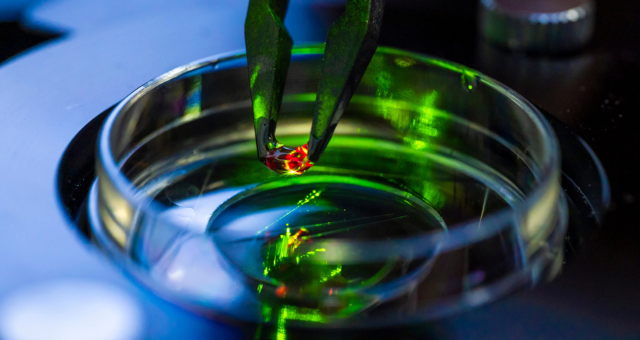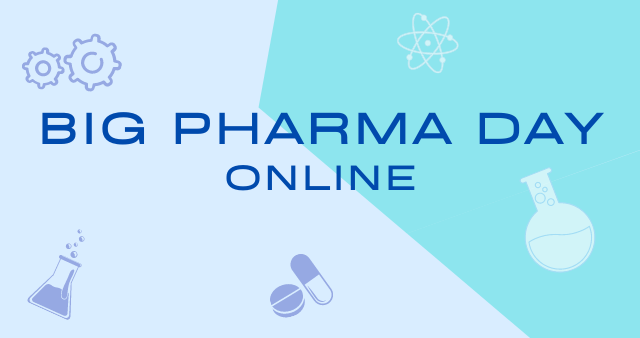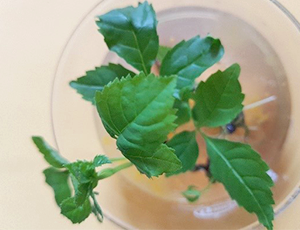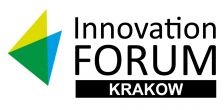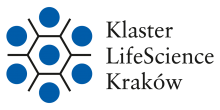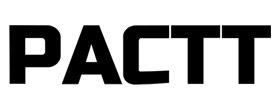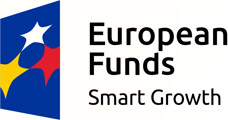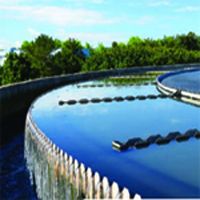
The most common way of wastewater treatment is the biological method using organisms naturally occurring in the aqueous environment. They form an activated sludge, consisting mainly of bacteria, protozoa and metazoa representatives. The most important role in the removal of impurities play a bacteria, including filamentous, which uncontrolled growth leads to commonly occurring phenomenon which is foaming and bulking sludge.
This process is one of the most serious operating problems in sewage treatment plants worldwide. Currently used methods of reducing excessive growth of filamentous bacteria consist mainly in dispensing of chemicals (such as synthetic organic polymers and coagulants), and are not always effective. Other disadvantages of chemical methods include the necessity to implement significant changes in the treatment process, the relatively high cost of application, increasing weight of the sediment and the harmful impact on the environment.
However, despite numerous studies aimed at developing new ways of eliminating the uncontrolled growth of activated sludge, the optimal method is still required.
The solution to this problem may be a biological method of filamentous bacteria growth control with use of Lecane rotifers - naturally occurring organisms in activated sludge that feed on bacteria. The offered invention includes both the method of mass culture of rotifers and the method of their use in the reduction of foaming and bulking of activated sludge. The invention may be applied in various types of sewage. Moreover the method allows an analysis of the effectiveness of rotifers in relation to specific deposits.
Other advantages of the invention include:
- high efficiency in elimination of filamentous bacteria, particularly bacteria that are a major cause of activated sludge foaming and bulking - Microthrix parvicella, N. limicola, Type 21N;
- the applicability of the method in different types of sewage, due to the high resistance of Lecane rotifers to adverse environmental conditions;
- lack of harmful effects on the environment;
- improvement of sedimentation properties of sludge;
- low cost of implementation and application of the method.
The offered solution is covered with two patent applications. Further development of the invention is performed at the Faculty of Biology and Earth Sciences of the Jagiellonian University. Currently, the Centre for Technology Transfer CITTRU is looking for entities interested in licensing and application of the technology described above.
information / broker of Jagiellonian University


